Step inside a forgotten brutalist necropolis in Buenos Aires
'Chacarita Moderna: The Brutalist Necropolis of Buenos Aires' is a new book by Léa Namer; an ode to 20th-century architecture, concrete and one of Argentina's first female architects, Ítala Fulvia Villa

It's not every day that a book comes out on a brutalist necropolis; so when 'Chacarita Moderna' appeared in our inbox, we stood up and took notice. The publication, out this month by Building Books, is the brainchild of French architect, researcher, and curator Léa Namer, who came across the brutalist architecture site of the Sexto Panteón necropolis during a visit to Buenos Aires in Argentina ten years ago. When she found out the author of the scheme within Chacarita cemetery was one of Argentina's first female architects, Ítala Fulvia Villa, her interest was piqued further. The idea of a book on it was soon born.

'Chacarita Moderna': explore the brutalist necropolis of Buenos Aires
Namer recalls of her first visit there: 'In 2014, a French architect friend introduced me to the Sexto Panteón. I was returning to Buenos Aires after having done a university exchange there a few years earlier (2010-2011). I still vividly recall the first time I descended the stairs into that underworld. With images of Greek mythology in my mind, I felt like Orpheus entering the depths of Hell.'

'The experience had a profound impact on me. I was deeply moved by the brutalist funerary aesthetics of the necropolis, the prevailing light and silence in the subterranean world who appeared to me like a modern reinterpretation of the roman catacombs. Leaving the cemetery, I felt shaken. In all my architectural visits and travels, no place had ever evoked such emotion in me. I sensed I had discovered something significant and had the strange intuition that this discovery would change my life.'
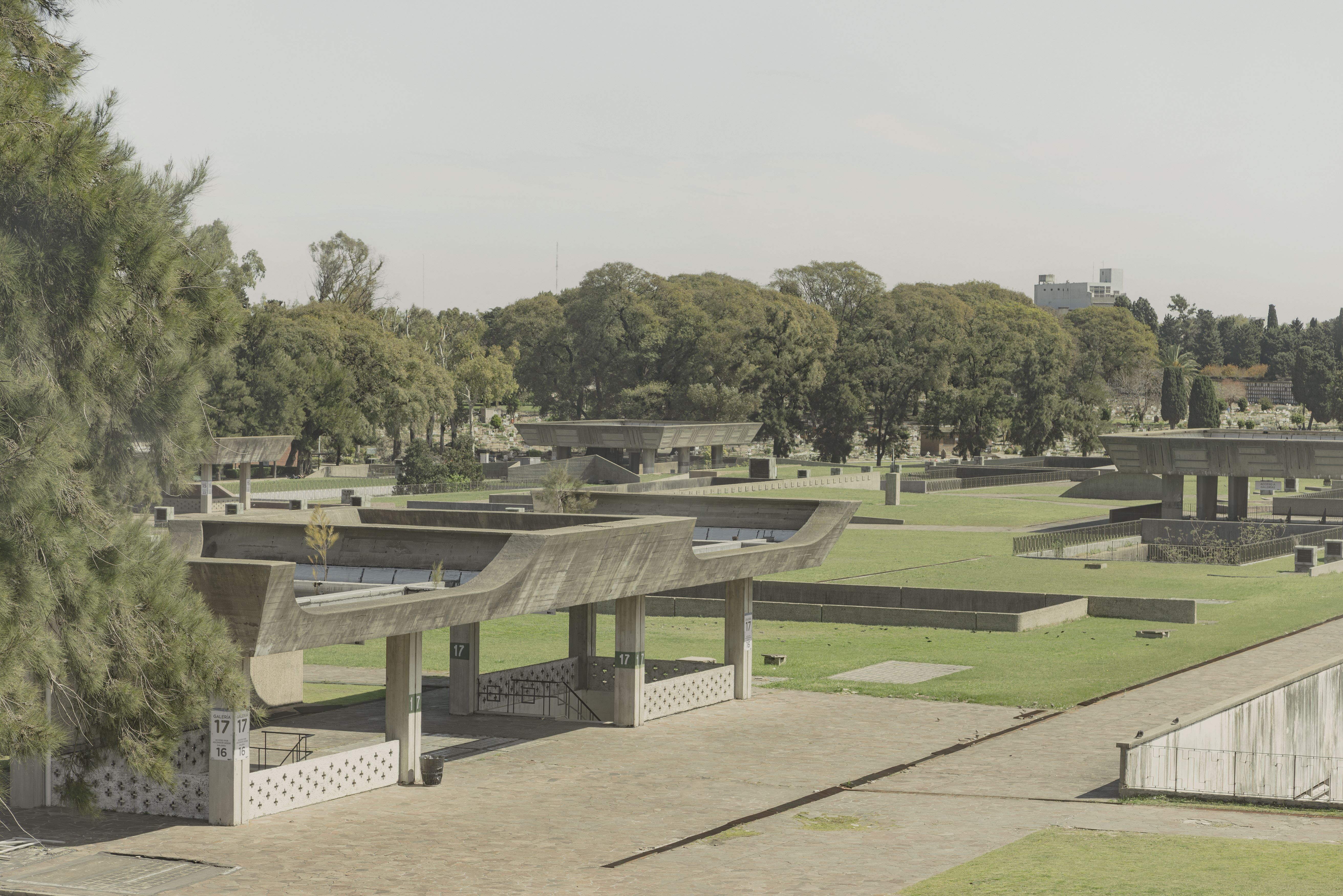
Sexto Panteón was built in 1949 in the Argentinian capital, as an underground necropolis containing 150,000 burial plots. Crafted out of textured concrete and stark, sculptural volumes dug out of the earth and set among greenery, this is claimed to be the first and largest experimentation of modernist architecture in its typology - and yet it remains largely unknown.
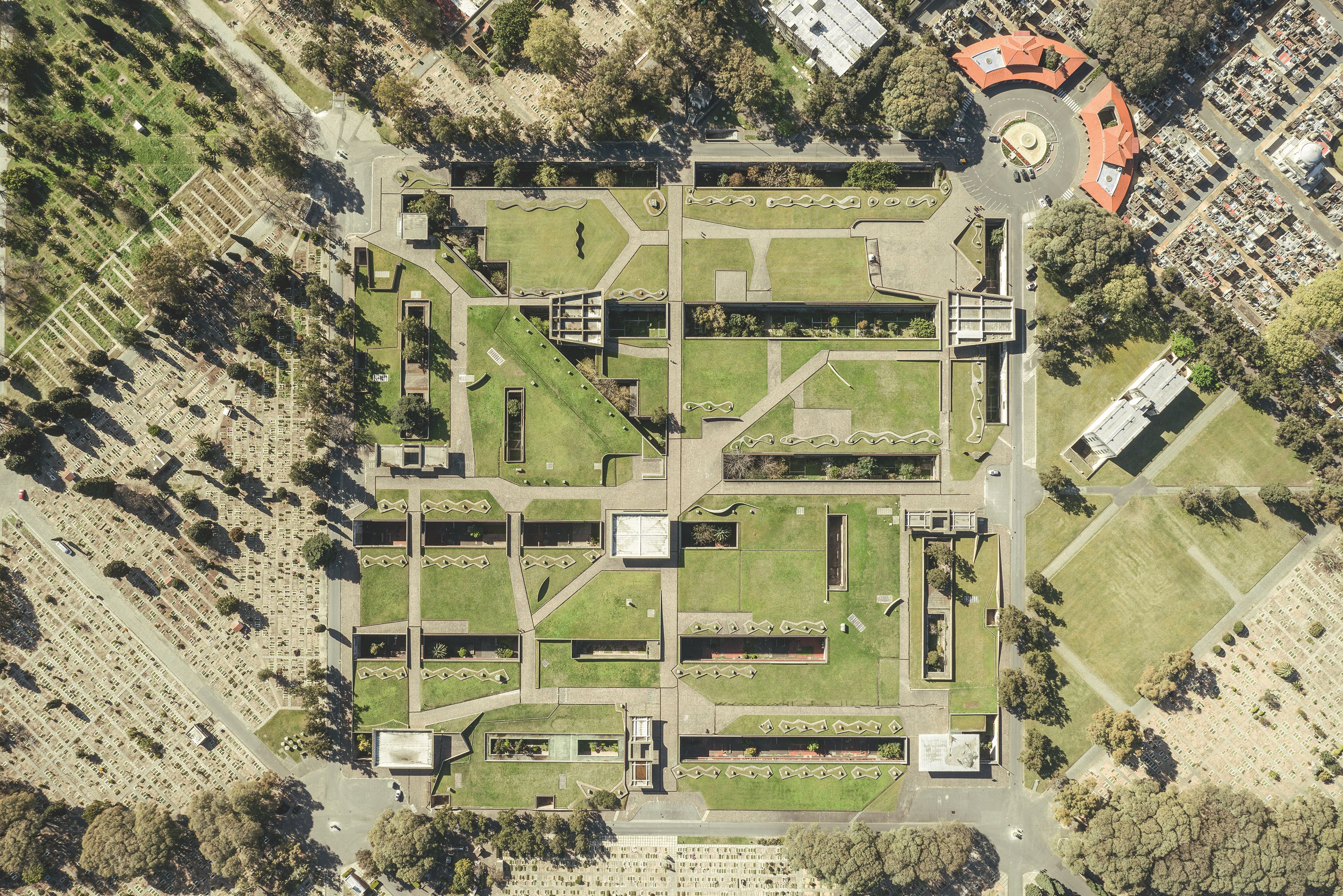
'What surprised me most about the Sexto Panteón was my belief that I had discovered the most significant piece of modern architecture in Argentina, yet no one seemed to know about it—not even my circle of Argentinian architect friends. The few who did recognize it didn't seem to find it particularly interesting,' says Namer.
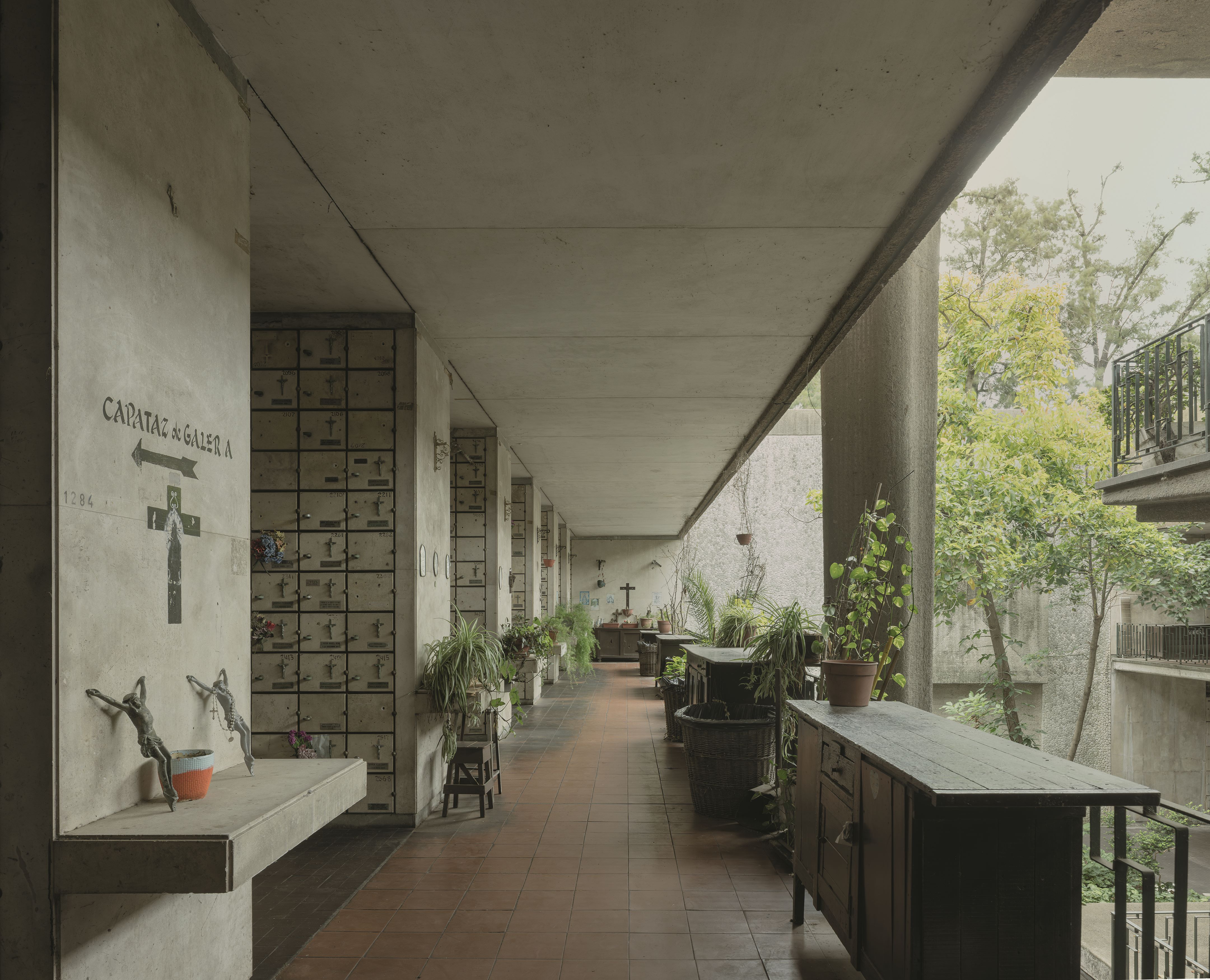
'I began searching for information on the building and its architect, finding only a single publication. I was astonished to discover the name Itala Fulvia Villa, who I later learned was one of Argentina's first female architects and urbanists. It had never crossed my mind that such an incredible building could have been designed by a woman!'
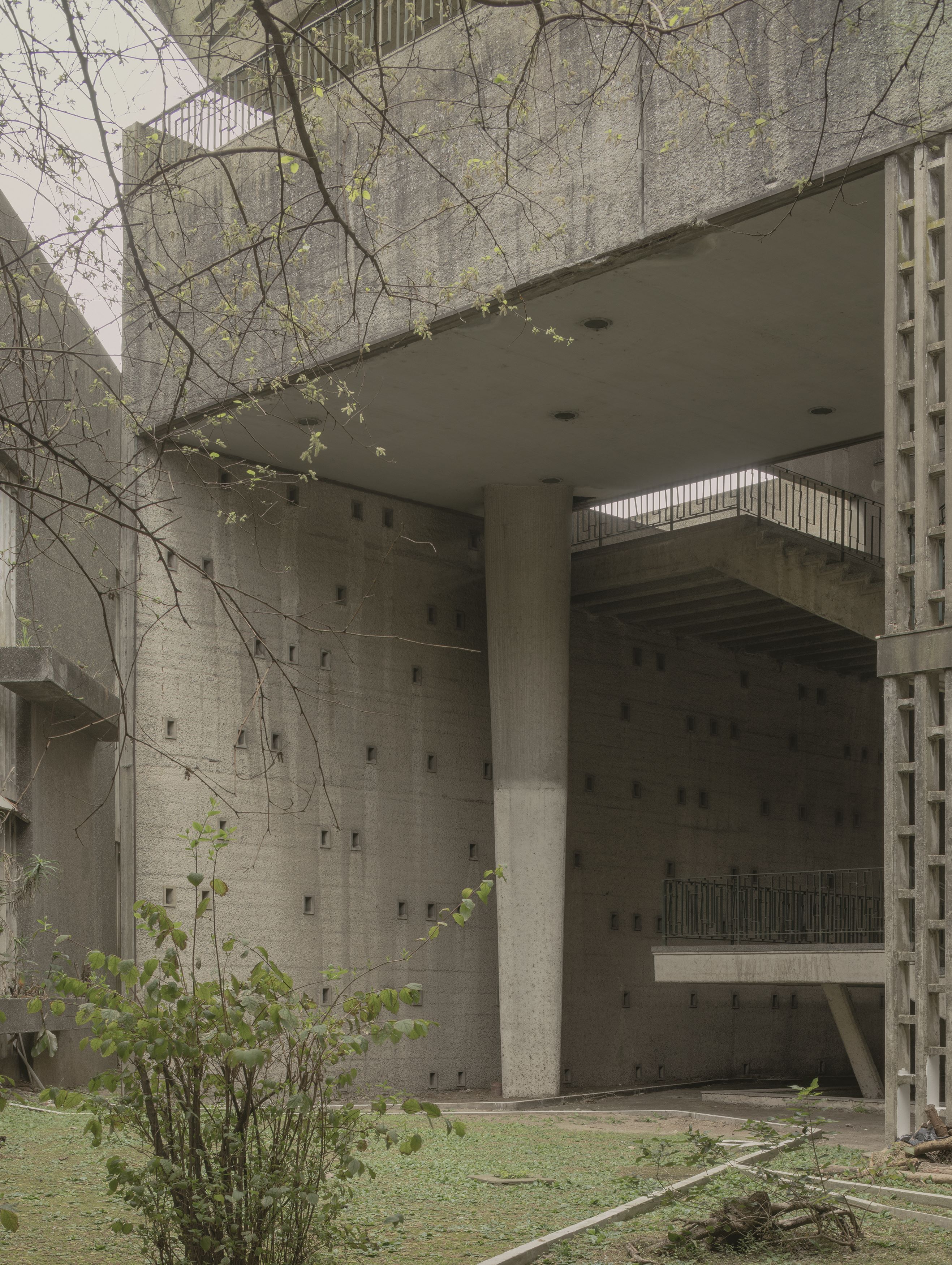
Villa (1913-1991) was a pioneering architect and urban planner from Argentina, who contributed to Le Corbusier’s master plan for Buenos Aires. Through her work, she introduced modernist teachings to her South American context, creating its regional interpretation. The book, which also contains texts by Ana Maria León, and photography by Federico Cairoli, and was supported by a grant from the Graham Foundation for Advanced Study in Fine Art, is a luxurious and information-rich publication on the project, its architect and its historical context.
Wallpaper* Newsletter
Receive our daily digest of inspiration, escapism and design stories from around the world direct to your inbox.

'As detailed in the chapter "Letter to Itala" of the book, my investigation about the Sexto Panteon and Itala Fulvia Villa has been filled with surprising discoveries over the ten last years. Last year, while the idea of book was already launched, I had the opportunity to explore a new archive in Buenos Aires, the Archivo Alquilino Lopez, which included photographs of the construction site and a sketch of the project I've been looking for years,' Namer adds.

'Overall, I think the most rewarding aspect of compiling this book has been realizing the international interest it attracted. A French publisher, Building Books, was willing to support me on such a niche topic, and later, the American grant support from the Graham Foundation for Advanced Studies in the Fine Arts.'
Ellie Stathaki is the Architecture & Environment Director at Wallpaper*. She trained as an architect at the Aristotle University of Thessaloniki in Greece and studied architectural history at the Bartlett in London. Now an established journalist, she has been a member of the Wallpaper* team since 2006, visiting buildings across the globe and interviewing leading architects such as Tadao Ando and Rem Koolhaas. Ellie has also taken part in judging panels, moderated events, curated shows and contributed in books, such as The Contemporary House (Thames & Hudson, 2018), Glenn Sestig Architecture Diary (2020) and House London (2022).
-
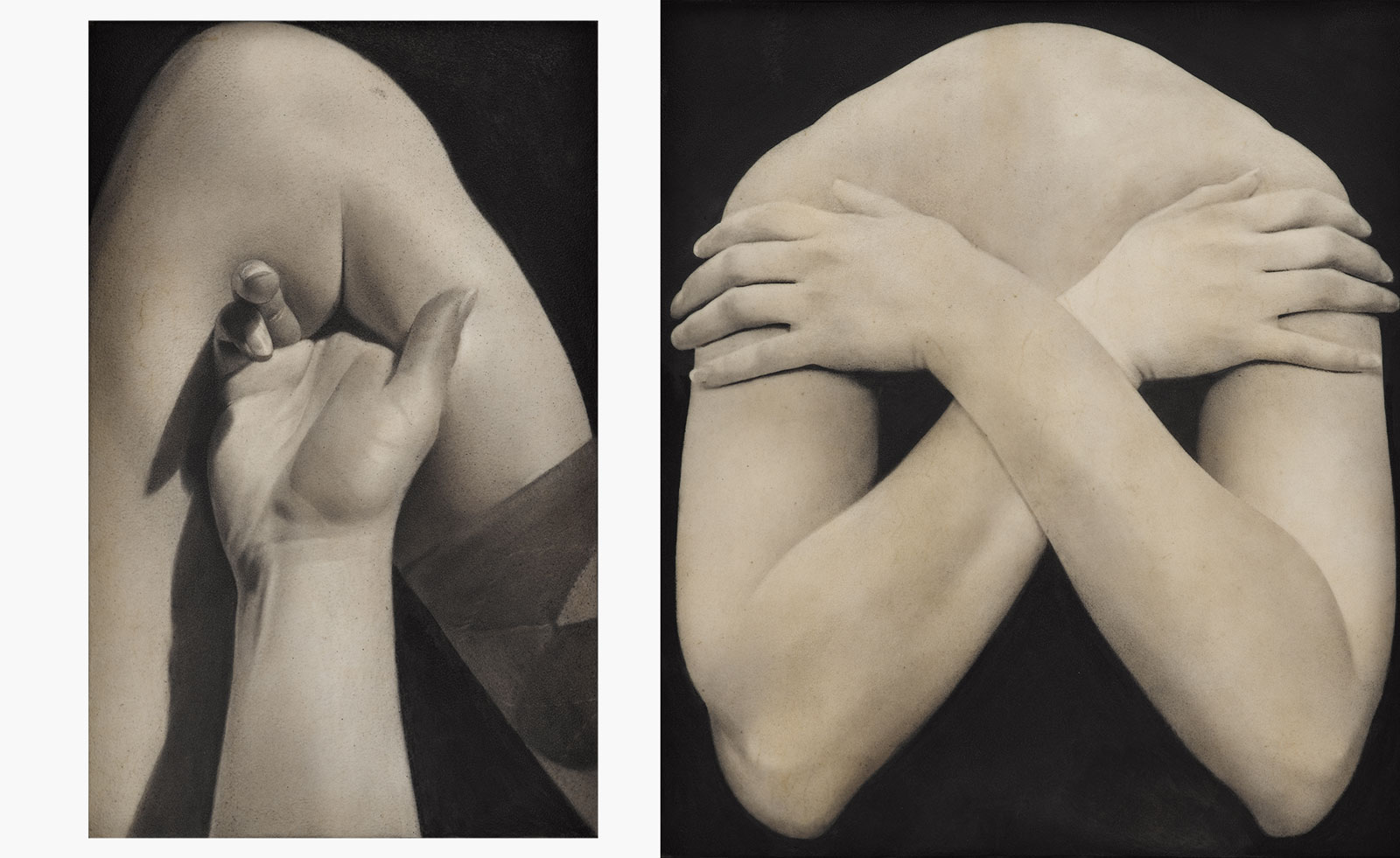 Put these emerging artists on your radar
Put these emerging artists on your radarThis crop of six new talents is poised to shake up the art world. Get to know them now
By Tianna Williams
-
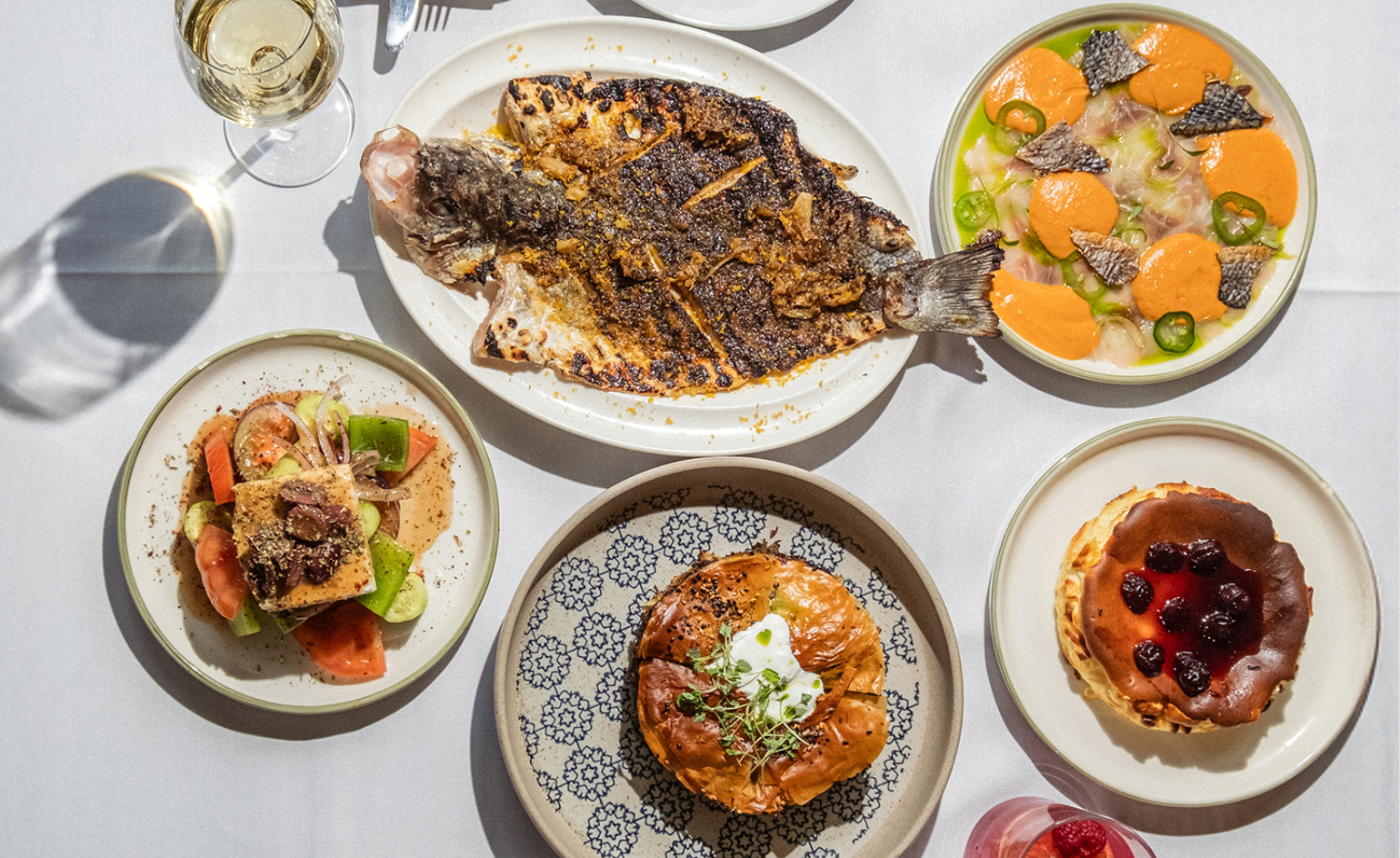 Dining at Pyrá feels like a Mediterranean kiss on both cheeks
Dining at Pyrá feels like a Mediterranean kiss on both cheeksDesigned by House of Dré, this Lonsdale Road addition dishes up an enticing fusion of Greek and Spanish cooking
By Sofia de la Cruz
-
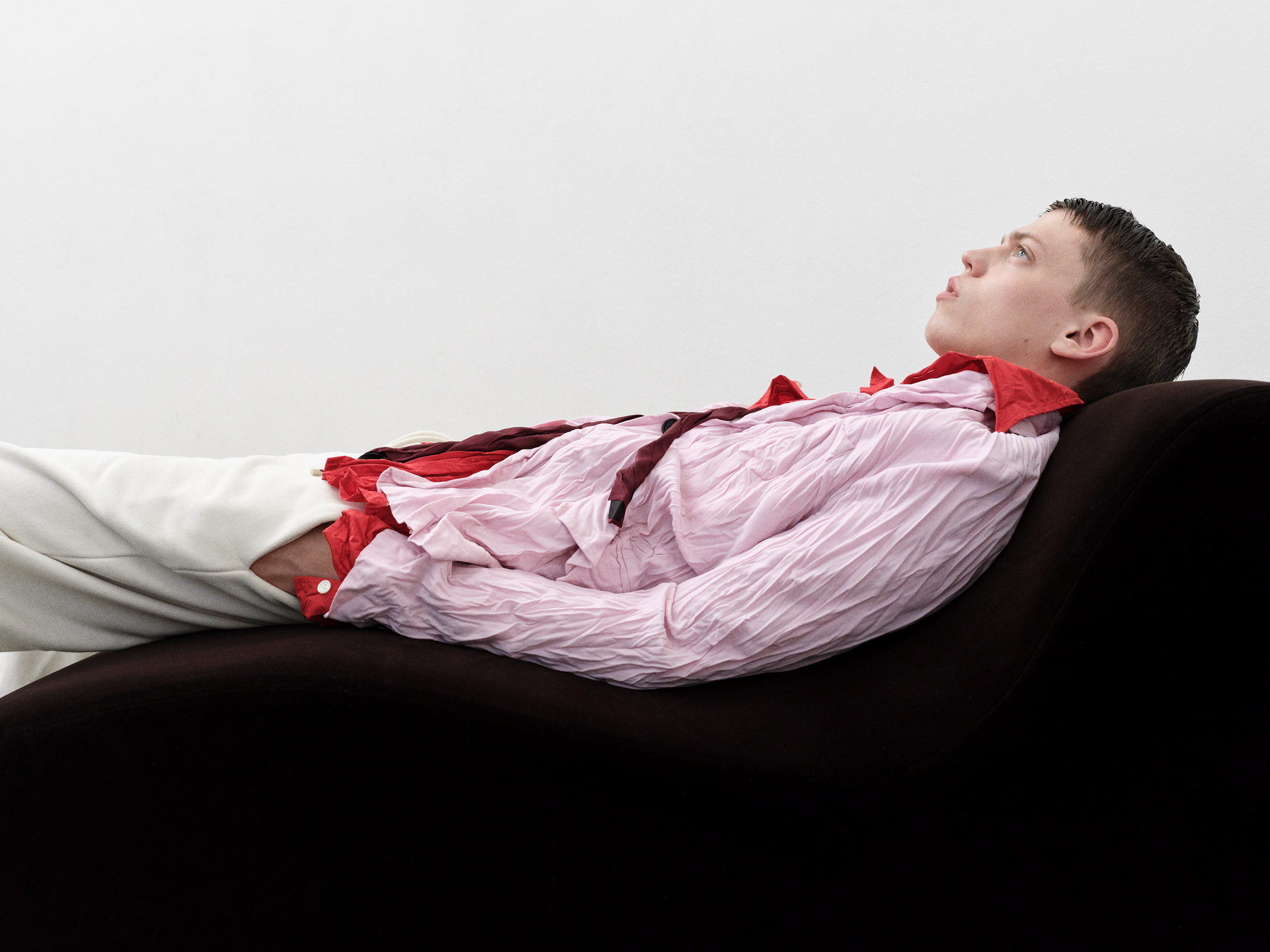 Creased, crumpled: S/S 2025 menswear is about clothes that have ‘lived a life’
Creased, crumpled: S/S 2025 menswear is about clothes that have ‘lived a life’The S/S 2025 menswear collections see designers embrace the creased and the crumpled, conjuring a mood of laidback languor that ran through the season – captured here by photographer Steve Harnacke and stylist Nicola Neri for Wallpaper*
By Jack Moss
-
 An Argentinian retreat in the forest allows nature and architecture to flow
An Argentinian retreat in the forest allows nature and architecture to flowA wooded Argentinian retreat, Forest House by Gonzalo Bardach Arquitectura, blends indoors and outdoors with architectural flair
By Ellie Stathaki
-
 Estudio Galera builds concrete garden pavilion for a growing family
Estudio Galera builds concrete garden pavilion for a growing familyBy Harriet Thorpe
-
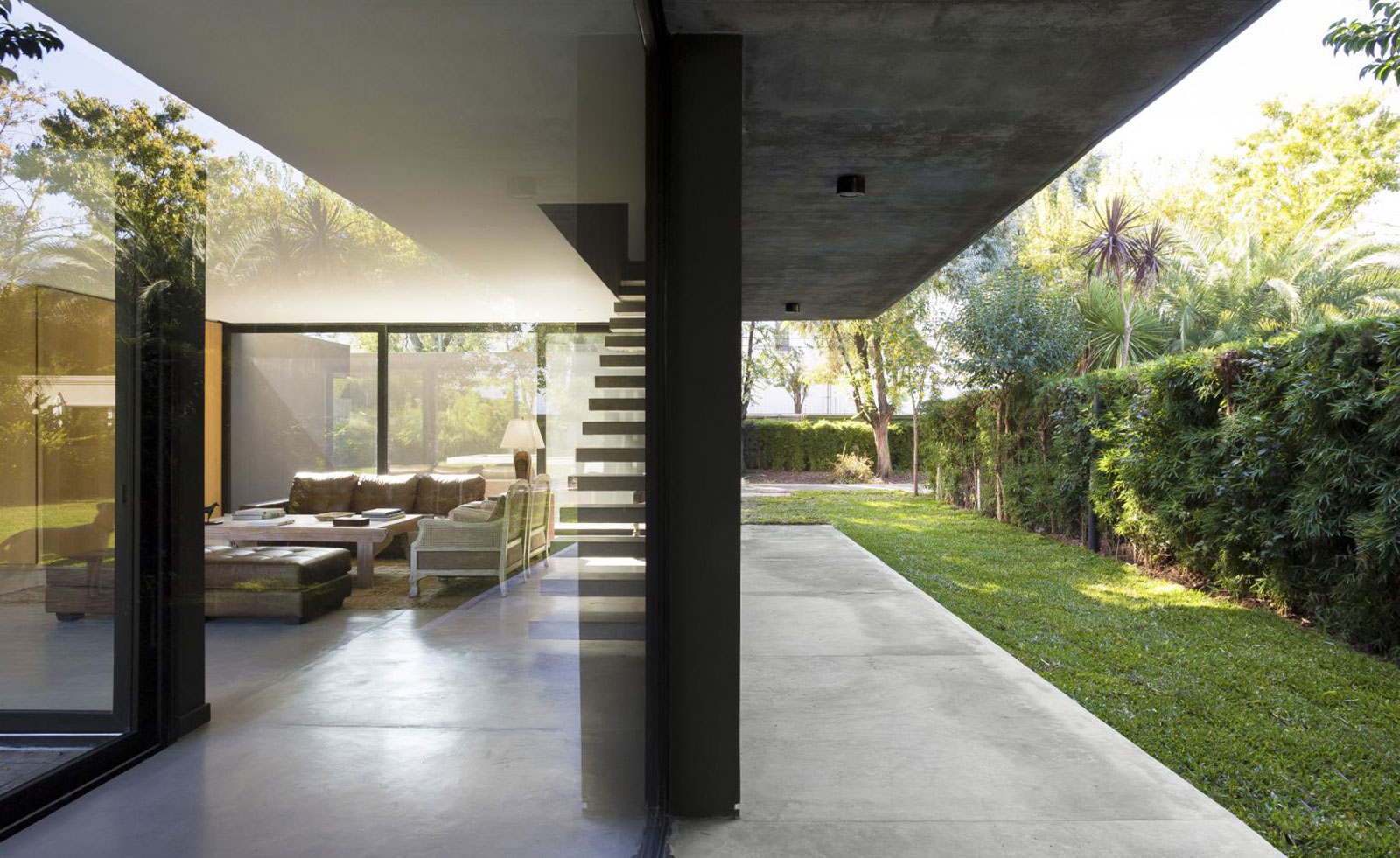 Colle-Croce celebrates horizontality with a concrete house in Argentina
Colle-Croce celebrates horizontality with a concrete house in ArgentinaBy Ellie Stathaki
-
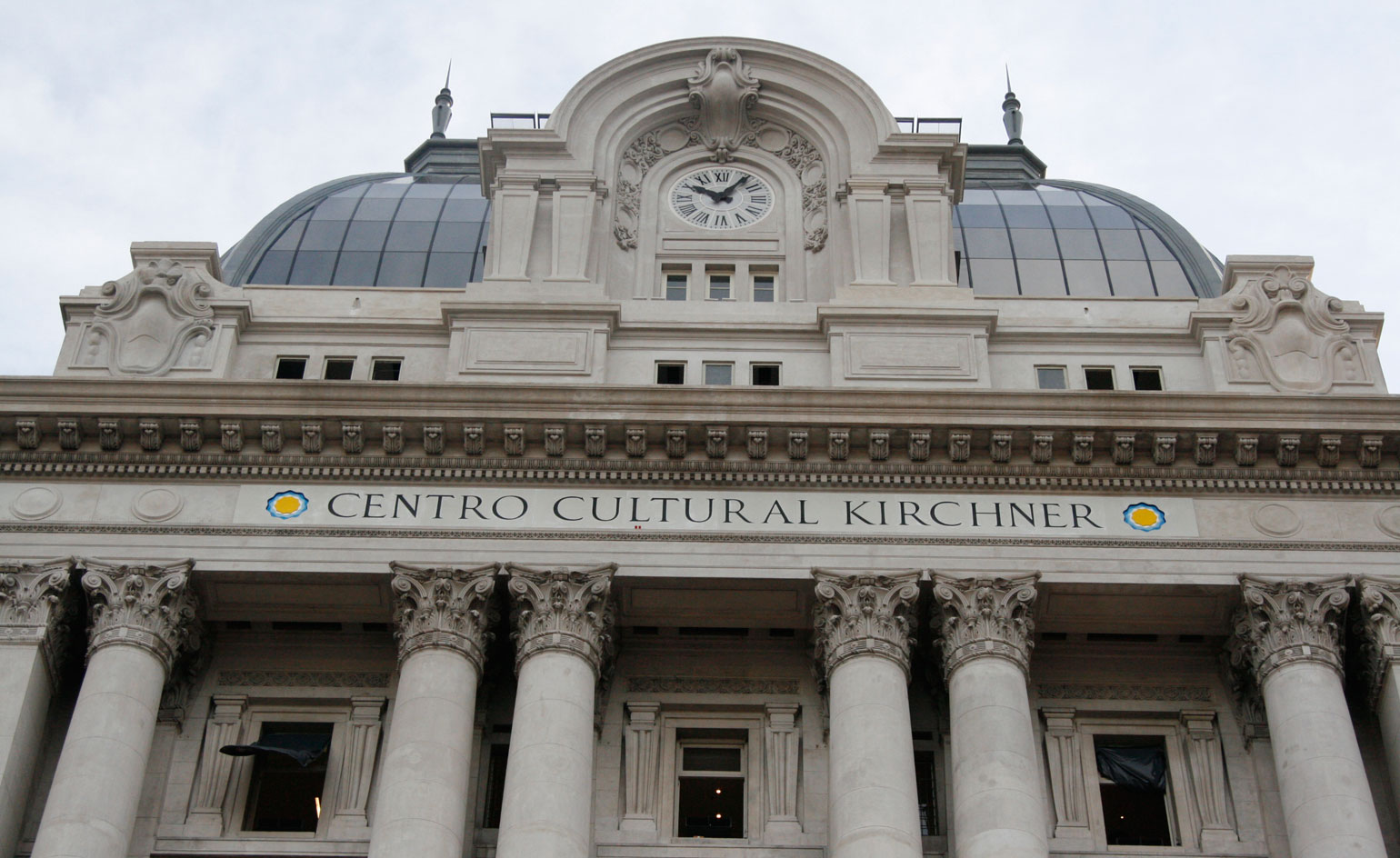 Icon refresh: B4FS and Becker-Ferrari's Centro Cultural Kirchner in Buenos Aires nears completion
Icon refresh: B4FS and Becker-Ferrari's Centro Cultural Kirchner in Buenos Aires nears completionBy Mariana Rapoport
-
 Foster + Partners design a flexible home for the Buenos Aires City Hall
Foster + Partners design a flexible home for the Buenos Aires City HallBy Vanessa Bell